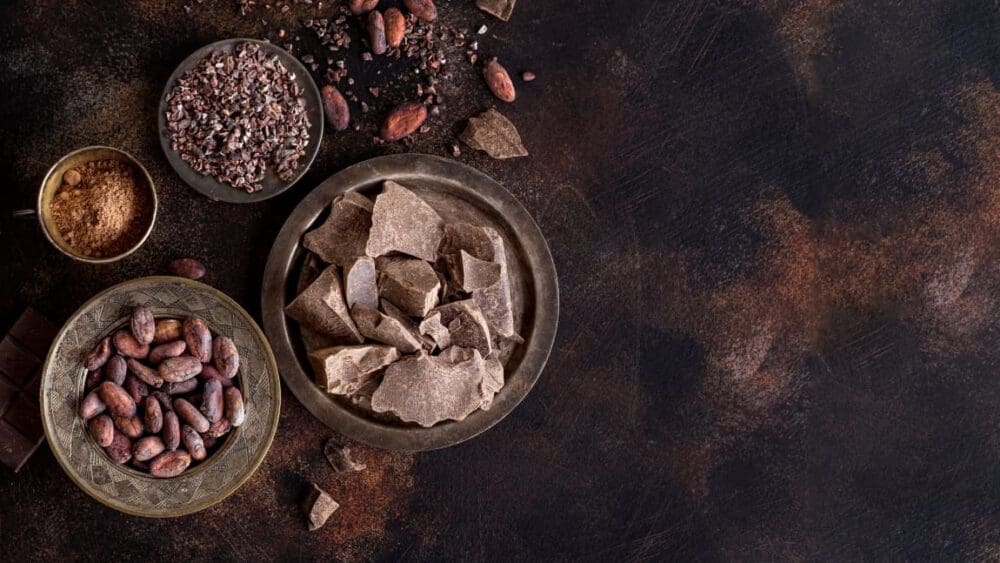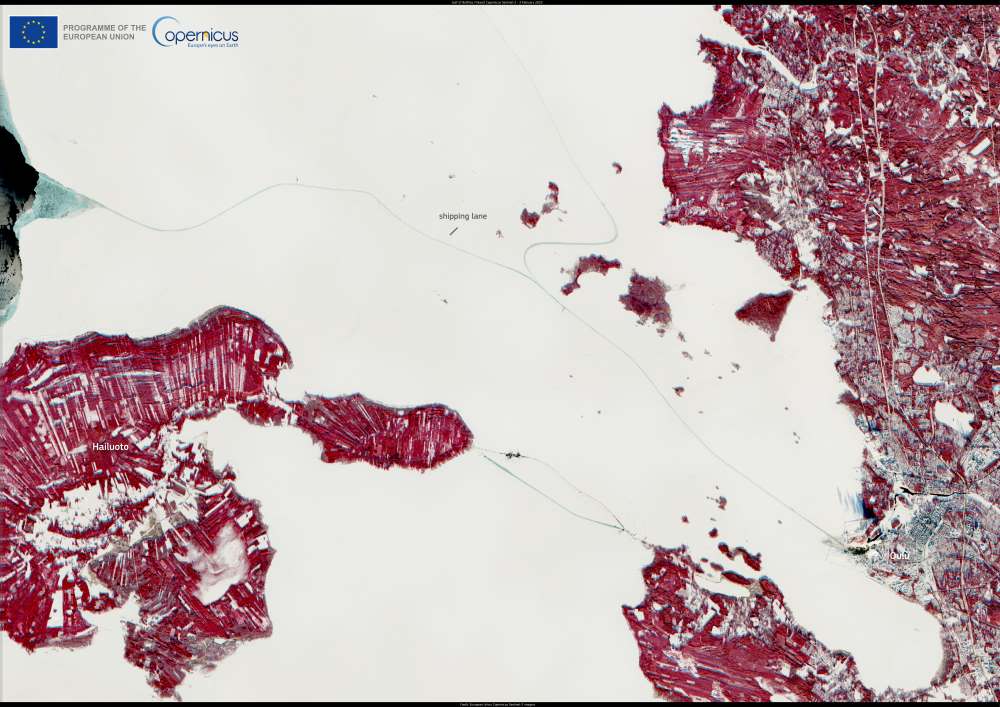Dark chocolate lovers may want to limit their consumption to an ounce a day to stay on the safe side, GW researchers say.
By George Washington University
A new study from George Washington University found a disquieting percentage of cocoa products in the U.S. contain heavy metals that exceed guidelines, including higher concentrations in organic products.
GW researchers analyzed 72 consumer cocoa products, including dark chocolate, every other year over an eight year period for contamination with lead, cadmium, and arsenic, heavy metals that pose a significant health hazard in sufficient amounts.
“We all love chocolate but it’s important to indulge with moderation as with other foods that contain heavy metals including large fish like tuna and unwashed brown rice,” said Leigh Frame, director of integrative medicine and associate professor of clinical research and leadership at the GW School of Medicine and Health Sciences. “While it’s not practical to avoid heavy metals in your food entirely, you must be cautious of what you are eating and how much.”
The unique study, published on July 31, 2024 in Frontiers in Nutrition, was led by Leigh Frame and the study’s lead author Jacob Hands, a medical student researcher in the Frame-Corr Lab at the GW School of Medicine and Health Sciences.
The researchers used a threshold of maximum allowable dose levels to assess the extent of heavy metal contamination in an array of chocolate products, found on grocery store shelves.
Key Findings:
- 43% of the products studied exceeded the maximum allowable dose level for lead.
- 35% of the products studied exceeded the maximum allowable dose level for cadmium.
- None of the products exceeded the maximum allowable dose level for arsenic.
- Surprisingly, organic labeled products showed higher levels of both lead and cadmium compared to non-organic products.
For the average consumer, consuming a single serving of these cocoa products may not pose significant health risks based on the median concentrations found. However, consuming multiple servings or combining consumption with other sources of heavy metals could lead to exposures that exceed the maximum allowable dose level.
Foods with high lead levels may include animal foods that can bioaccumulate heavy metals (shellfish, organ meats) and foods or herbal supplements grown in contaminated soil and/or imported from countries with less regulation (e.g. China, Nigeria, India, Egypt). For cadmium, the main concerns are the same with the addition of some seaweeds, especially Hijiki seaweed. Consumers should be aware of potential cumulative exposure risks, particularly with cocoa products labeled organic, as they may have higher heavy metal concentrations.
A serving size of dark chocolate is typically one ounce and has been generally suggested to have health benefits including cardiovascular health, cognitive performance, and chronic inflammation. However, the research is limited and concerns about heavy metals have yet to be taken into account.
Much of this heavy metal pollution may come from “post-harvesting contamination,” Hands explained. “There are reports of other metal polluting industries that are situated next to cacao plants. Thus cacao becomes contaminated during a certain stage of its creation—its drying process—and makes its way into the bar from there.“
He added: “I doubt most companies even know that their chocolate is contaminated to any serious degree. Understanding and having an honest and direct conversation about risk and how to mitigate the introduction of metals from their resource sites is advisable!”
More information: Jacob M. Hands, Mark L. Anderson, Tod Cooperman, Jared E. Balsky
and Leigh A. Frame, ‘A multi-year heavy metal analysis of 72 dark chocolate and cocoa products in the USA’, Frontiers in Nutrition (vol 11; 2024); DOI: 10.3389/fnut.2024.1366231 | GW Press Release/Material. Featured image credit: Freepik




